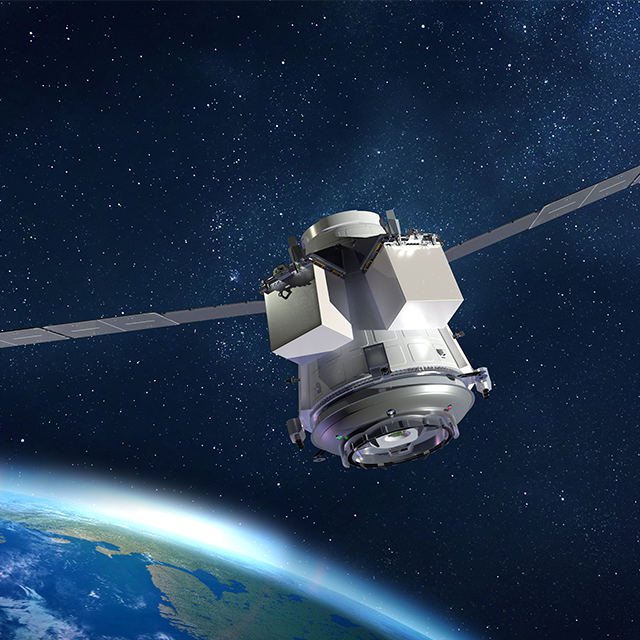
Only weeks after naming its first Dream Chaser as “Tenacity”, Sierra Nevada Corp. (SNC) has announced contracts with the Defense Innovation Unit (DIU) to use its Shooting Star expendable cargo vehicle as a possible commercial solution for a high-powered Unmanned Orbital Outpost. The 16-foot-long (4.8-meter) Shooting Star is currently planned to be attached to the end of Dream Chaser to accommodate secondary cargo or disposable waste from the International Space Station (ISS), but SNC has previously noted that this highly versatile vehicle can be used for other missions, including the Lunar Gateway.
Following an unsuccessful bid for its Dream Chaser mini-shuttle as a candidate for NASA’s Commercial Crew Program, SNC reinvented its ship as a cargo-carrying variant to restock the ISS in an uncrewed capacity and in January 2016 it was selected as co-winner of second-round Commercial Resupply Services (CRS2) funding, with six formally contracted missions through 2024.
Last summer, it was announced that Dream Chaser would fly all of its missions aboard United Launch Alliance (ULA) Vulcan-Centaur boosters, with its maiden mission presently slated to occur sometime late next year. According to SNC, the Shooting Star can perform a controlled deorbit maneuver to burn up in the atmosphere, “leaving nothing behind”.
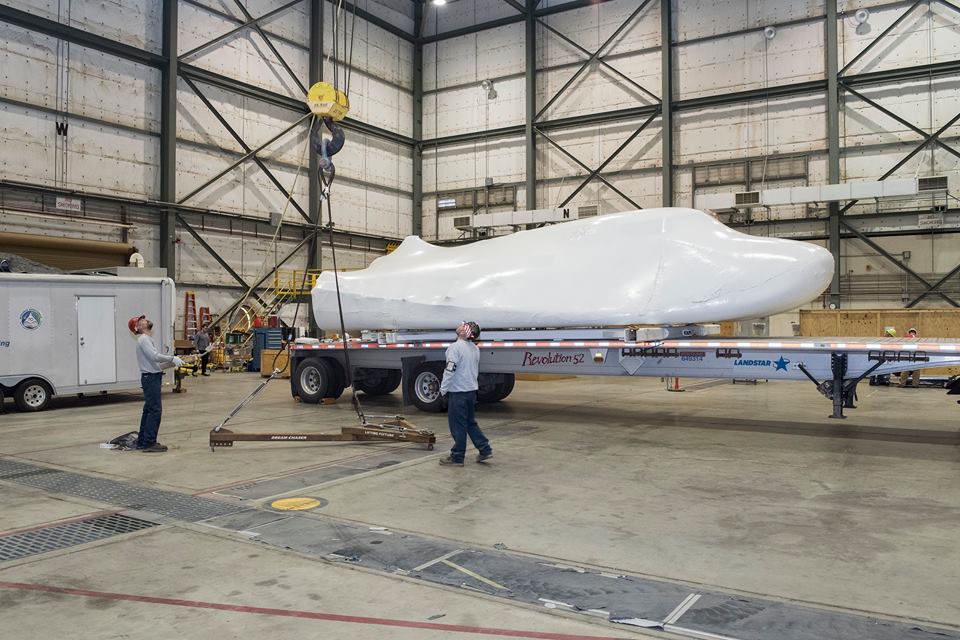
The payload envelope for those missions will be increased substantially by the presence of Shooting Star, which allows an additional 10,000 pounds (4,500 kg) of payloads, supplies and—at the end of its time on-orbit—also trash to be disposed of in Earth’s atmosphere.
“This expendable component adds a lot of versatility to the Dream Chaser’s design and extends the vehicle’s mission capabilities with safe disposal of materials that otherwise wouldn’t be suitable for loading aboard the Dream Chaser for its return journey to Earth,” SNC has noted. “It’s got a nested cargo craft that itself autonomously dock with the ISS and take out the trash.” It is also expected that the Shooting Star, paired with an attached satellite “bus”, may also be able to resupply the Lunar Gateway and can also bid for Commercial Lunar Payloads Services (CLPS) missions to the Moon’s surface.
“Dream Chaser’s Shooting Star can also actually become an orbital satellite itself,” SNC has previously announced. “Its design allows for an inflatable module to be attached that can essentially convert it into an orbital platform with a very high payload and power capacity. Multi-purpose is the name of the game when it comes to making multi-planetary operations a viable, recurring long-term thing that we can actually accomplish, so Dream Chaser is looking like quite the high-value package if all of this comes together.”
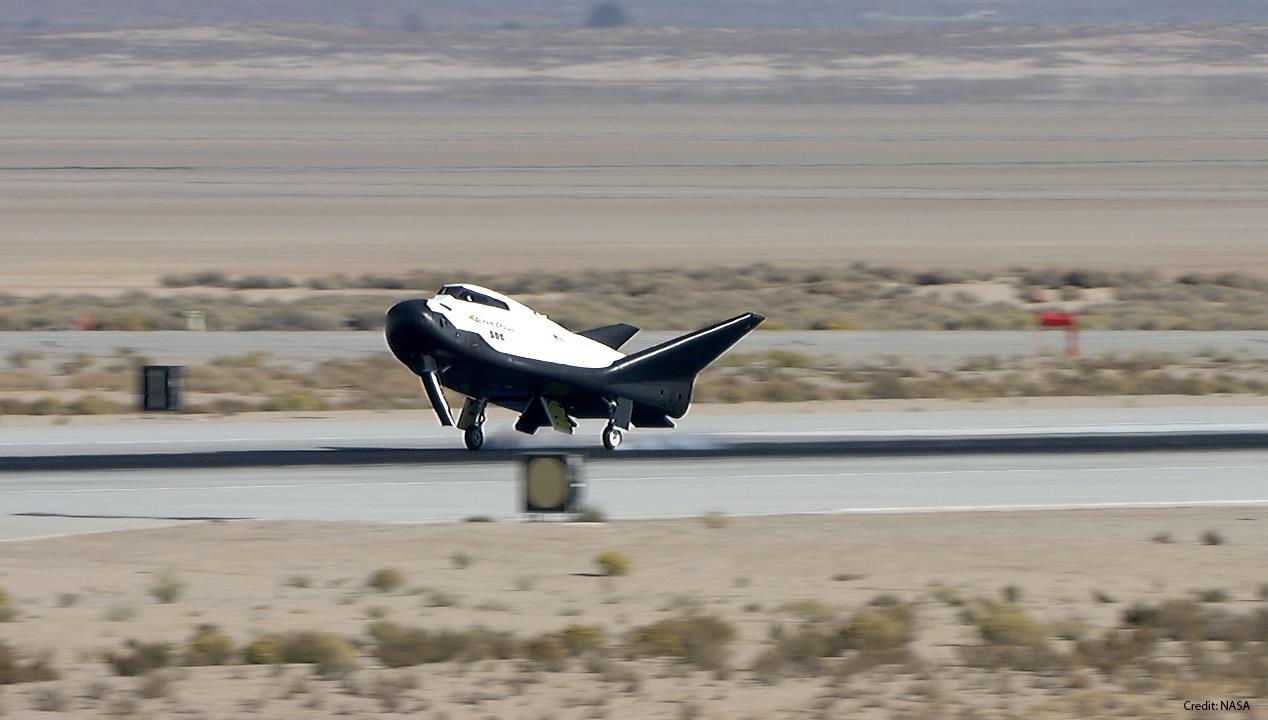
This week’s announcement sees the Shooting Star as a proposed commercial solution for the Unmanned Orbital Outpost, described as a “scalable, autonomous space station for experiments and logistics demonstrations”, by the Defense Innovation Unit (DIU). The latter, formed in 2015 and presently headquartered in Mountain View, Calif., with adjunct offices elsewhere in the United States, including the Pentagon, is part of the Department of Defense and is tasked with making faster use of emerging commercial technologies.
Staffed by civilian and military personnel, the DIU’s mission involves the acceleration of adopted technologies to rapidly prototype and bring to the field advanced commercial solutions which address national security challenges.
It is anticipated that the Shooting Star will form “the core structure” of the Unmanned Orbital Outpost, its versatility providing “greater flexibility and modularity both internally and externally for orbital outpost mission requirements”.
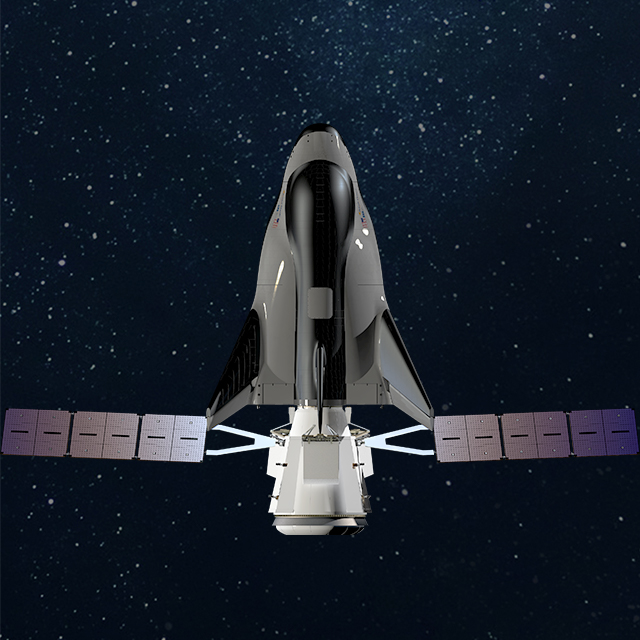
“We’re excited by the multi-mission nature of Shooting Star,” said SNC CEO Faith Ozmen. “It was originally developed for NASA resupply missions to the International Space Station and since then we keep identifying new capabilities and solutions it offers to a wide variety of customers.” SNC added that the Unmanned Orbital Outpost will be initially established in low-Earth orbit, with guidance, navigation and control “for sustained free-flight operations” to host payloads and support space assembly, microgravity experimentation, logistics, manufacturing, training, test and evaluation.
Interestingly, future Unmanned Orbital Outposts are expected to occupy at different altitudes, ranging from medium Earth orbit, to highly elliptical or geosynchronous and cislunar.
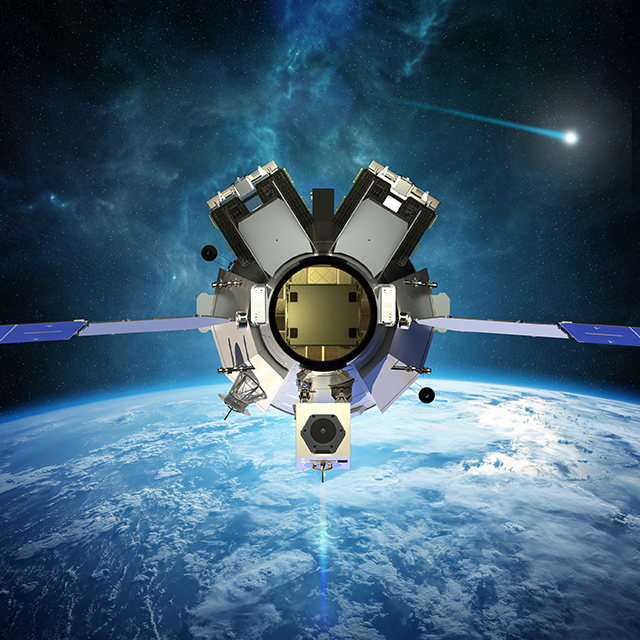
“The current Shooting Star is already designed with significant capabilities for an orbital outpost and by adding only a few components, we are able to meet Department of Defense needs,” said former shuttle commander Steve Lindsey, now senior vice president of strategy for SNC’s Space Systems business area. “We are proud to offer our transport vehicle to DoD as a free-flying destination for experimentation and testing, expanding beyond its current payload service capabilities for Dream Chaser cargo missions.”
Last November, SNC delivered a test version of the Shooting Star to the Kennedy Space Center (KSC) in Florida for trials. And just last May, SNC received the actual flight model at its Louisville, Colo., production facility to kick off the key integration phase, which includes installation of the Passive Common Berthing Mechanism to permit ISS berthing. Fabricated from advanced composites by subcontractor Applied Composites, the Shooting Star has a high strength-to-weight ratio, permitting a high payload upmass capability. Following systems integration, the Shooting Star will move to NASA’s Plum Brook Station in Cleveland, Ohio, for launch and space environment testing.





